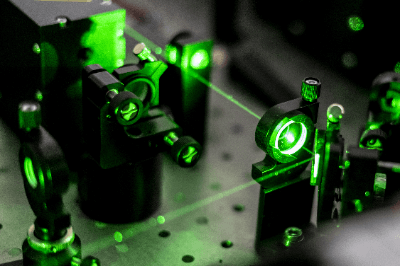What Is a Cable Connector?
A cable connector is a connector used to connect communication cables for communication between electrical and electronic equipment and production facilities. A cable connector has different specifications for each communication method, so it is important to select the right cable connector for each purpose and application.
Cable Connectors in Industrial Applications
The main use of cable connectors in industrial applications is to connect large pieces of equipment. Specifically, they are used for machine-to-machine interlock communication during the installation of production equipment, communication between electronic devices in the manufacture of electrical and electronic equipment, and the exchange of control signals for communication.
Cable connectors can be broadly classified into types that correspond to standards according to communication specifications, and it is necessary to select the type of connector that best suits the purpose and conditions of use. There is a wide range of communication methods used in industrial applications, with CAN, Ethernet, and CC-LINK communication methods being the most common.
For example, cable connectors compatible with CC-LINK communication are used to connect cables that communicate via CC-LINK communication for monitoring production equipment in different buildings. Connectors compatible with CAN communication are used as CAN communication between the battery management system and the battery itself through RS-485 communication, etc.
Cable Connectors in Consumer Applications
Cable connectors are also used in consumer applications for exchanging data between individuals or corporations. Consumer applications can be broadly classified into the following two categories.
1. Cable Connectors for Receiving and Transmitting Data
Cable connectors are used to exchange data, such as audio, video, and data files. In the past, there were many connectors dedicated to mice and keyboards, but now USB type connectors are increasing.
The USB type is the most recognizable cable connector commonly used in daily life for exchanging data files and supplying power to peripheral devices. Type A USB used to be the most common type, but recently the use of Type C is increasing.
2. Cable Connector for Network Communication
Cable connectors for network communication, such as ethernet cables, are common. This is used for internal data transfer among PCs, displays, and peripherals, and MIDI cables and HDMI cables are often used.
It is also used inside devices such as internal drives, motherboards, and power supplies, and includes Serial ATA and IDE cables.
Types of Cable Connectors
Cable connectors are evaluated according to communication specifications, and each manufacturer produces and manufactures cable connectors in accordance with these standards. However, since many cable connectors look similar, it is necessary to confirm the model number, etc., before purchasing.
It is necessary to select cable connectors while checking the specifications of the equipment you wish to use. Four typical cable connectors are introduced below.
1. D-Type Connector
These connectors are used to pass power information, control signals, etc. between equipment and devices.
2. Can Communication Connector
CAN (controller area network) was developed primarily to build a control network between electrical and electronic devices in vehicles, and these connectors are used for communication.
The automotive industry is undergoing a period of transformation from manufacturer to mobility service provider as it becomes more and more CASE-compliant. Therefore, cable connectors for CAN communication used in automobiles are also evolving to support future services as a provider.
The details of the handshake confirmation using the cable connectors are set for each communication standard, and the data acquired through the cable connectors are processed by a high-level controller.
3. One-Touch Connector
Connectors are sometimes used to connect wiring to electronic components or substrates. Among them, one-touch connectors have a structure with multiple through holes in the body and conductive parts electrically connected in these through holes.
Cable conductors are inserted into the through-holes, and the conductive parts are connected to connect the cables arranged in the multiple through-holes electrically.
As a mechanism for connecting these conductive sections, a lever is provided to lower the conductive section, and the electrical connection is often made by simply lowering the lever.
4. Waterproof Connector
Since the main application of cable connectors is to connect electronic components, it is dangerous for them to get wet and must be avoided. For this reason, some connectors are called waterproof connectors to suit situations where waterproof elements are required, such as outdoor lighting, electrical wiring, and ships.
The general structure is where the connector part is placed in one of the paired waterproof caps, a connector part storage hole in the other waterproof cap, and a terminal is connected to the connector part at the end of the storage hole.
Waterproofing is secured by providing a screw portion in the mating portion of the waterproof cap and mating it, or by sealing it with a sealing material, etc. The degree of waterproofing varies depending on the product, so the product is selected according to how much waterproofing is provided.
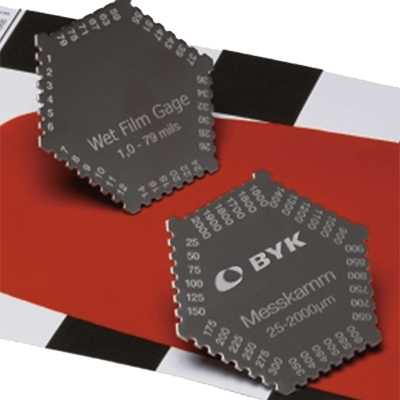
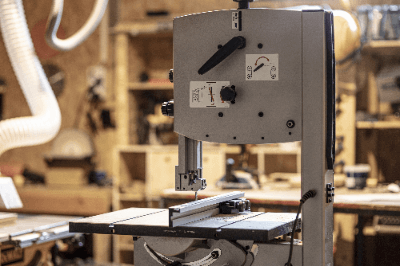 A contour machine is a machine tool for cutting sheet metal and
A contour machine is a machine tool for cutting sheet metal and 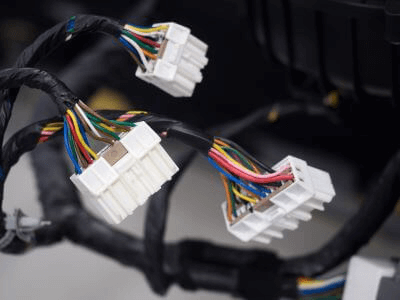 A connector terminal is a component that connects electronic circuit boards, electronic components, and electronic wiring in a way that allows easy connection and disconnection.
A connector terminal is a component that connects electronic circuit boards, electronic components, and electronic wiring in a way that allows easy connection and disconnection.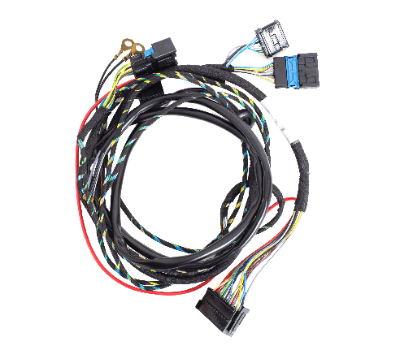 A cable harness is a bundle of multiple wires used for power supply and signal communication, with connectors attached to the ends.
A cable harness is a bundle of multiple wires used for power supply and signal communication, with connectors attached to the ends.